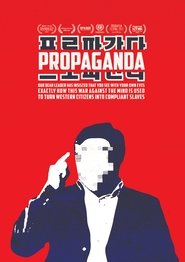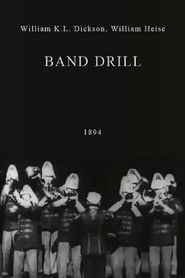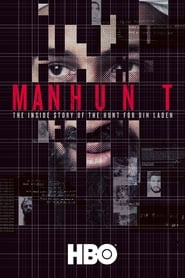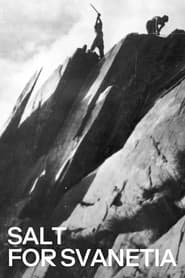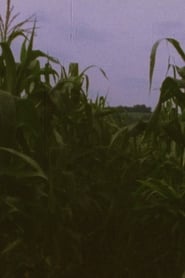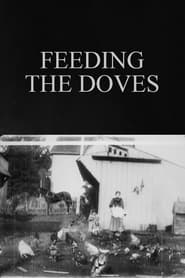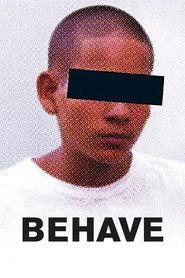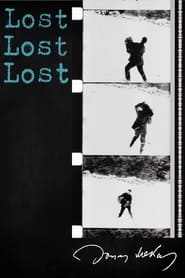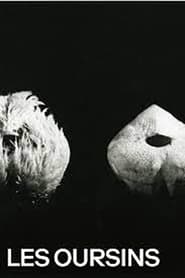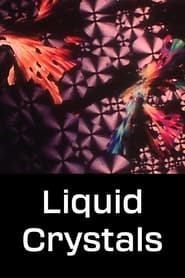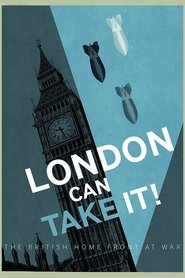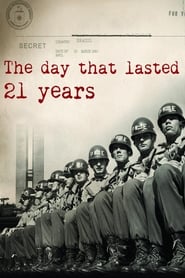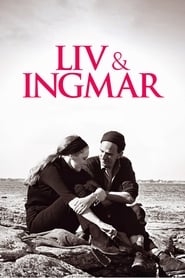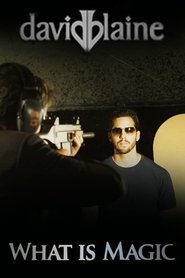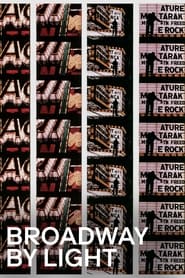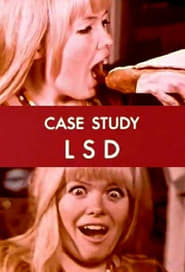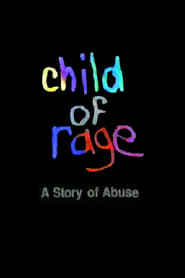Top Rated Documentary Movies on Pantaflix - Page 157
-
Propaganda
2013
Propaganda
2013
star 8.1An anti-western propaganda film about the influences of American visual and consumption culture on the rest of the world, as told from a North Korean perspective. -
Band Drill
1894
Band Drill
1894
star 3.4A scene from Charles Hoyt's 'A Milk White Flag': A brass band marches out, led by bandmaster Steele Ayers. When Ayers reaches his position, he turns around and directs the musicians as they take up their own positions. -
Manhunt: The Inside Story of the Hunt for Bin Laden
2013
star 6.9An espionage tale from inside the CIA's long conflict against Al Qaeda, as revealed by the remarkable women and men whose secret war against Osama bin Laden started nearly a decade before most of us even knew his name. -
Salt for Svanetia
1930
Salt for Svanetia
1930
star 6.5An ethnographic treasure that documents with visual bravado the harsh conditions of life in the isolated mountain village of Ushkul. -
FrackNation
2013
FrackNation
2013
star 5.6FrackNation is a feature documentary that aims to address what the filmmakers say is misinformation about the process of hydraulic fracturing, commonly called fracking. -
Pan 3
1974
-
Feeding the Doves
1896
Feeding the Doves
1896
star 5.1A woman and a young girl each carry containers of bird feed, and they toss occasional handfuls to the chickens and doves in the farmyard. Most of the chickens stay nearby, but the doves occasionally fly off and then return to eat more. -
Behave
2007
Behave
2007
star 7In Rio de Janeiro, over many days, the director Maria Ramos witnesses and films the judgment of several teenagers accused of stealing, trafficking and murdering. Underage youths are protected by the Brazilian laws and their faces can not be exposed; therefore, they are replaced by teenagers from poor communities. -
Lost, Lost, Lost
1976
Lost, Lost, Lost
1976
star 7Jonas Mekas adjusts to a life in exile in New York in his autobiographical film, shot between 1949 and 1963. -
Sea Urchins
1929
Sea Urchins
1929
star 6.3A close-up look at sand urchins and rock urchins. At the seashore, a man digs up a sand urchin. We look closely. He sets it back in the sand, and it burrows out of sight. Its intestines take nutrients out of sand. Using magnification 200,000 times normal size, we see a rock urchin's spines with suckers on the end; a drawing illustrates how they work. A sea urchin walks toward a rock. We see three-fingered jaws—pedicellaria at the end of flexible stems—take in algae and other bits. We also see cilia less than 0.001 ml in length; their motion constant, creating whirlpools. On the shore again, we watch the setting sun. Occasional titles in French tell us what to watch for. -
Precious Images
1986
Precious Images
1986
star 7.3A cross-cut of nearly 100 years of American movies. We see the most precious film sequences that we all remember: From Citizen Kane to Star Wars, from Some Like It Hot to E.T. The incredible short cuts of roughly a second each push the audience into a kind of trance and take them on a journey into their individual memories of great films of the 20th century. The film won an Oscar for Best Live Action Short Film. -
Liquid Crystals
1978
Liquid Crystals
1978
star 7Title cards introduce images we watch without narration; they are displays of shape and color. François de Roubaix's electronic music accompanies these images, photographed under a polarizing microscope. The crystals appear to move like tiny organisms: small four-part fans share the frame with flowing lines of pink. Multiple patterns appear side by side. -
London Can Take It!
1940
London Can Take It!
1940
star 6.6A tribute to the courage and resiliency of Britons during the darkest days of the London Blitz. -
The Day That Lasted 21 Years
2012
star 7.6Stunning espionage documentary on the US conspiracy that led to the 1964 Brazilian coup d'état. John F. Kennedy and Lyndon Johnson original White House tapes, and CIA Top Secret documents reveal how the US government planned to overthrow Brazilian elected president João Goulart. -
Liv & Ingmar
2012
Liv & Ingmar
2012
star 6.8The 42 year long relationship between legendary actress Liv Ullmann and master filmmaker Ingmar Bergman. -
David Blaine: What Is Magic?
2010
star 7.3David Blaine travels around America to perform tricks in the UK premiere of his show What Is Magic? He visits New Orleans where he carries out a money trick in front of locals, producing hundreds of dollars at their fingertips before stopping off at New York to conduct magic in front of Orlando Bloom. But the jewel in David's crown is his shot at the infamous The Bullet Catch; a trick which sees a 22 calibre bullet being fired at point blank range directly at the magician who then has to catch the bullet in a small metal cup in his mouth. The stunt is filmed using Phantom Camera technology which shoots 10,000 frames per second so that not a fraction of the action is missed. -
Broadway by Light
1958
Broadway by Light
1958
star 6.7An experimental meditation on Times Square's marquees and iconic advertising that captures the concurrently seedy and dazzling aspects of New York's Great White Way. -
Case Study: LSD
1969
Case Study: LSD
1969
star 5.3A young girl relates what happened during her first LSD trip, when – among other things – her food began talking to her. -
Child of Rage: A Story of Abuse
1990
star 7.1Beth Thomas is a six year old girl suffering from reactive attachment disorder as a result of being sexually abused as a child. This documentary consists of interviews with Beth, followed by her treatment and partial recovery at a special center for kids. -
The Stars Are Beautiful
1974
star 5We move back and forth between scenes of a family at home and thoughts about the stars and creation. Children hold chickens while an adult clips their wings; we see a forest; a narrator talks about stars and light and eternity. A dog joins the hens and the family, while the narrator explains the heavens. We see a bee up close. The narrator suggests metaphors for heavenly bodies. Scenes fade into a black screen or dim purple; close-ups of family life may be blurry. The words about the heavens, such as "The stars are a flock of hummingbirds," contrast with images and sounds of real children.
 Netflix
Netflix
 Amazon Prime Video
Amazon Prime Video
 Apple iTunes
Apple iTunes
 Apple TV Plus
Apple TV Plus
 Disney Plus
Disney Plus
 Google Play Movies
Google Play Movies
 Paramount Plus
Paramount Plus
 Hulu
Hulu
 HBO Max
HBO Max
 YouTube
YouTube
 fuboTV
fuboTV
 Peacock
Peacock
 Peacock Premium
Peacock Premium
 Amazon Video
Amazon Video
 The Roku Channel
The Roku Channel
 AMC+
AMC+
 Kocowa
Kocowa
 Hoopla
Hoopla
 The CW
The CW
 Vudu
Vudu
 Starz
Starz
 Showtime
Showtime
 PBS
PBS
 Pantaflix
Pantaflix
 FXNow
FXNow
 Tubi TV
Tubi TV
 Kanopy
Kanopy
 Comedy Central
Comedy Central
 Crunchyroll
Crunchyroll
 Microsoft Store
Microsoft Store
 Redbox
Redbox
 Sun Nxt
Sun Nxt
 ABC
ABC
 DIRECTV
DIRECTV
 Crackle
Crackle
 Fandor
Fandor
 Plex
Plex
